A2898
4-Aminobiphenyl
≥98%
Sinónimos:
4-Aminodiphenyl, 4-Biphenylamine, 4-Biphenylylamine, 4-Phenylaniline, Biphenyl-4-ylamine, NSC 7660, Xenylamine
About This Item
Productos recomendados
Nivel de calidad
Ensayo
≥98%
Formulario
solid
temp. de autoignición
842 °F
bp
191 °C/15 mmHg (lit.)
mp
52-54 °C (lit.)
cadena SMILES
Nc1ccc(cc1)-c2ccccc2
InChI
1S/C12H11N/c13-12-8-6-11(7-9-12)10-4-2-1-3-5-10/h1-9H,13H2
Clave InChI
DMVOXQPQNTYEKQ-UHFFFAOYSA-N
Información sobre el gen
human ... UGT1A4(54657)
¿Está buscando productos similares? Visita Guía de comparación de productos
Aplicación
- Induces DNA damage (carcinogen) in human bladder carcinoma cells and bladder tissue in mouse
- Synthetic amine ligand for enrichment, depletion and one-step purification of leech proteins
Acciones bioquímicas o fisiológicas
Palabra de señalización
Danger
Frases de peligro
Consejos de prudencia
Clasificaciones de peligro
Acute Tox. 4 Oral - Carc. 1A
Código de clase de almacenamiento
6.1C - Combustible acute toxic Cat.3 / toxic compounds or compounds which causing chronic effects
Clase de riesgo para el agua (WGK)
WGK 3
Punto de inflamabilidad (°F)
235.4 °F - closed cup
Punto de inflamabilidad (°C)
113 °C - closed cup
Equipo de protección personal
Eyeshields, Faceshields, Gloves, type P3 (EN 143) respirator cartridges
Elija entre una de las versiones más recientes:
¿Ya tiene este producto?
Encuentre la documentación para los productos que ha comprado recientemente en la Biblioteca de documentos.
Artículos
Carcinogenesis and Epigenetics
Protocolos
US EPA Method 8270 (Appendix IX): GC Analysis of Semivolatiles on Equity®-5 (30 m x 0.25 mm I.D., 0.50 μm)
Nuestro equipo de científicos tiene experiencia en todas las áreas de investigación: Ciencias de la vida, Ciencia de los materiales, Síntesis química, Cromatografía, Analítica y muchas otras.
Póngase en contacto con el Servicio técnico
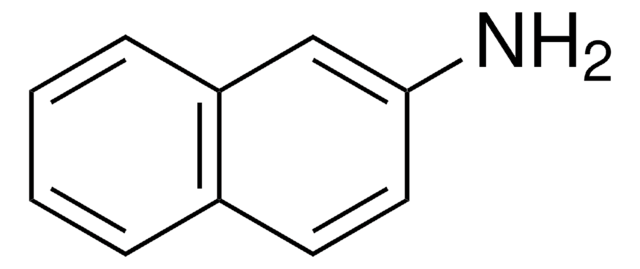
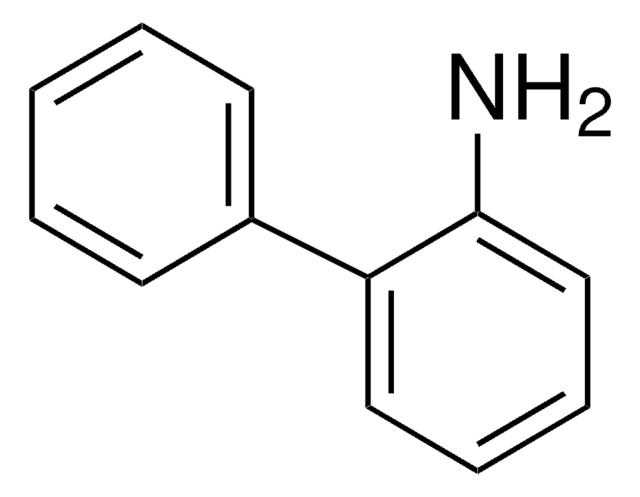
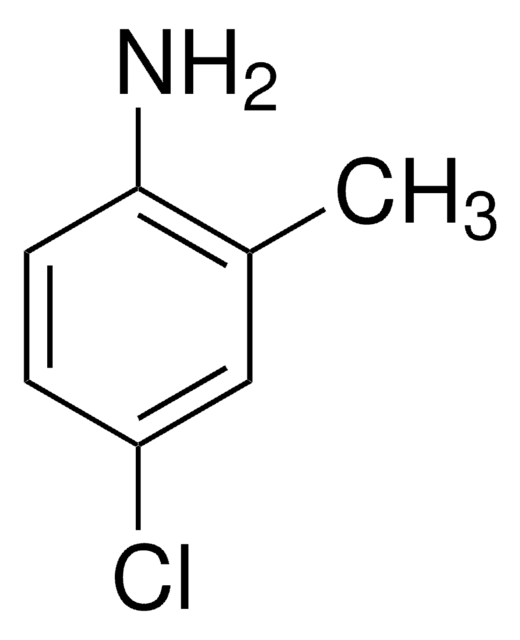
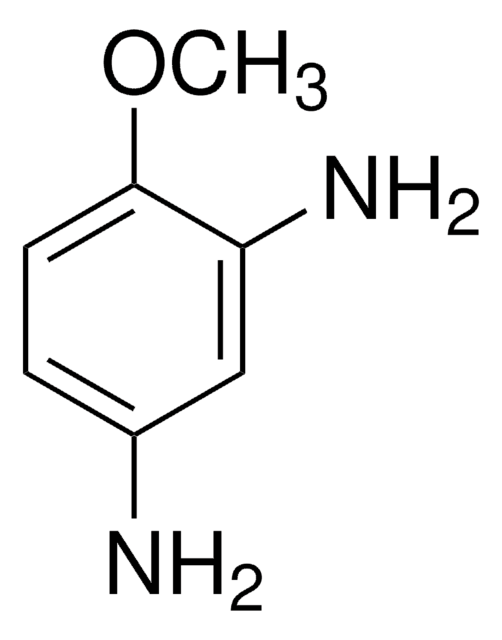
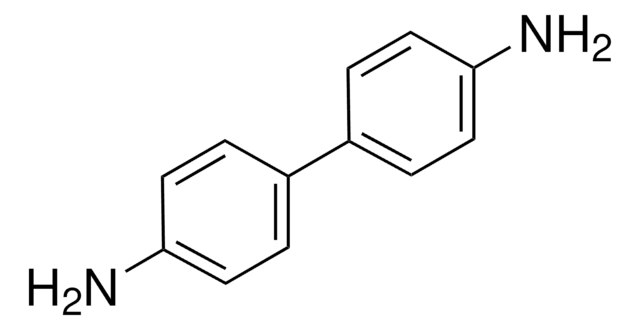

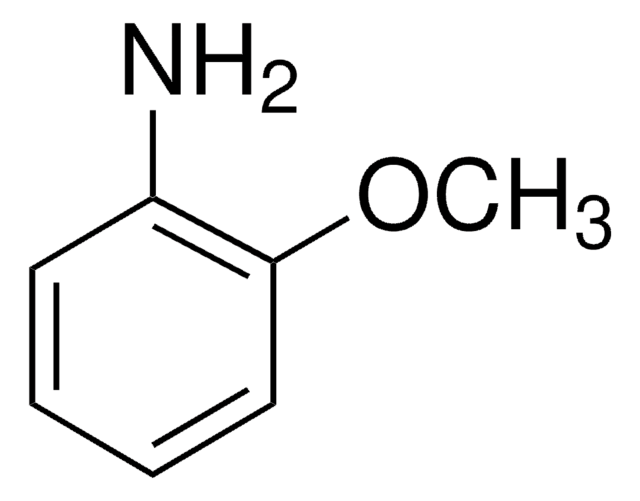
![Benzo[a]pyrene ≥96% (HPLC)](/deepweb/assets/sigmaaldrich/product/structures/253/820/be96d879-1811-46c0-8f11-612019691c2d/640/be96d879-1811-46c0-8f11-612019691c2d.png)

